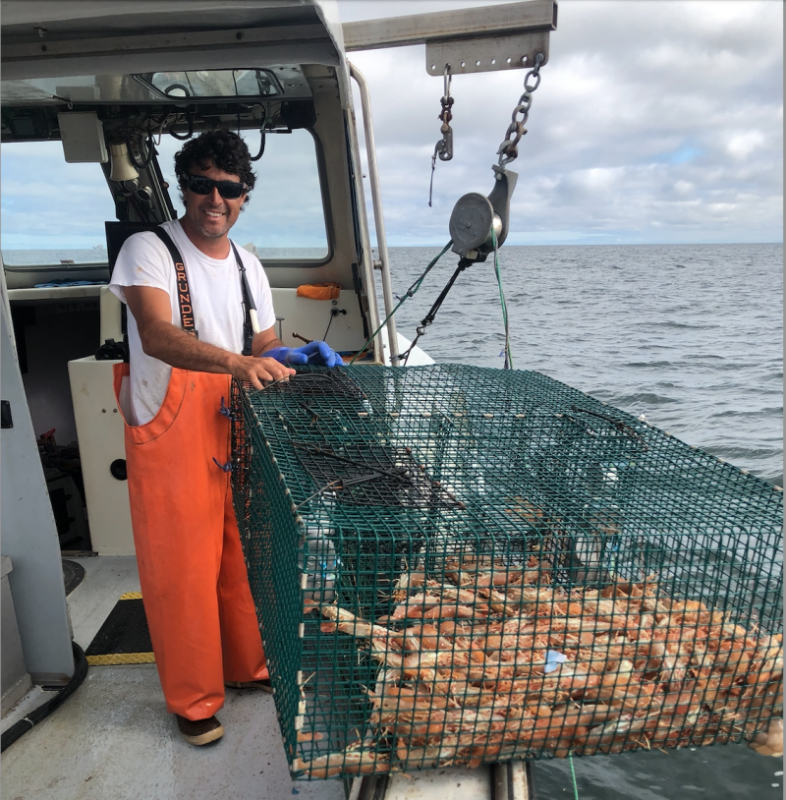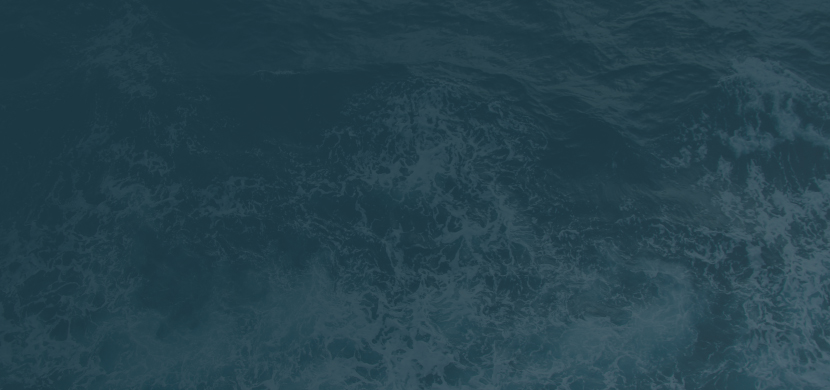March 30, 2023
Going the direct route

Shane Slaughter with one of his spot prawn traps aboard the Hiro Maru. Faced with the loss of his market during the pandemic, Slaughter and his crewman Jason Murphy started selling direct. Shane Slaughter photo.

You've caught the limit!
Free membership gives you access to:
- Unrestricted access to all NationalFisherman.com articles.
- Receive in-depth reports and research on various topics related to the fishing industry.
- Up-to-date news updates from the fishing industry delivered directly to your inbox twice a week.






